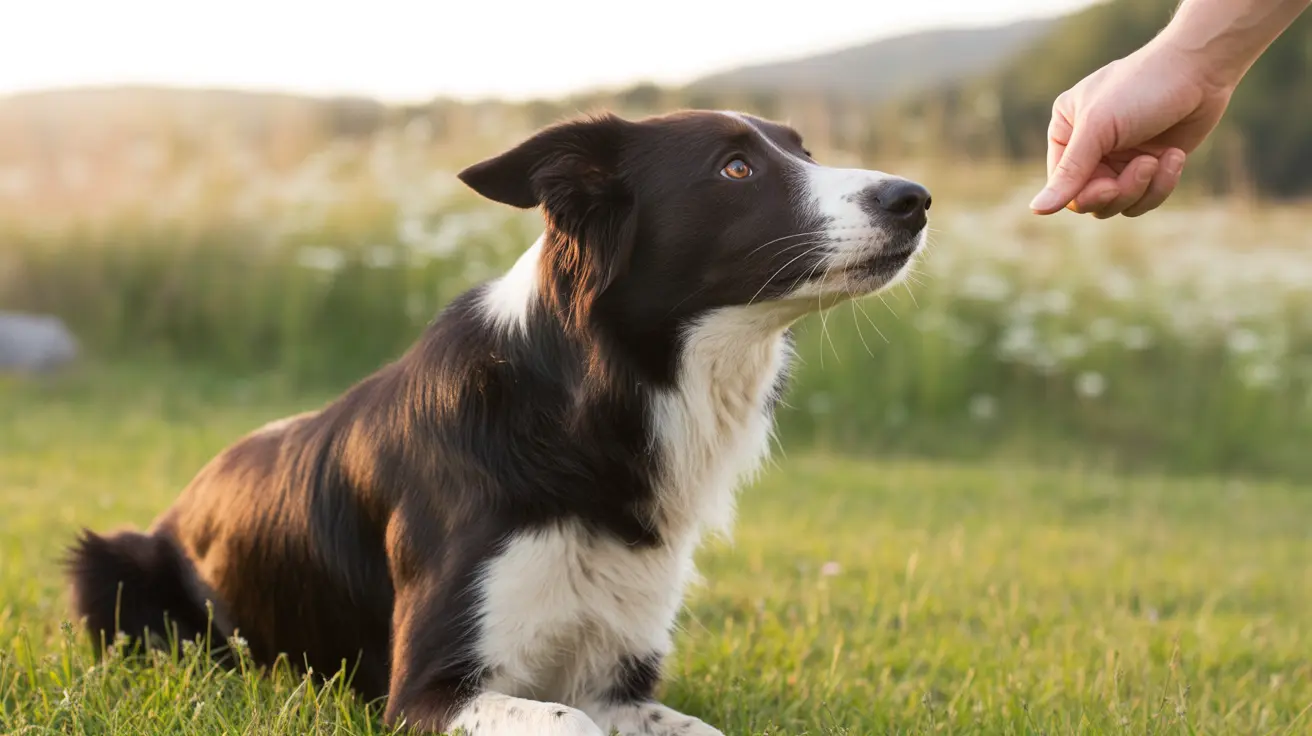Understanding the 3-3-3 Rule in Dog Adoption
When adopting a rescue dog, it's essential to understand the emotional and behavioral adjustments your new pet will undergo. One widely used framework to guide expectations is the 3-3-3 rule, sometimes misidentified as the '7-7-7 rule.' This rule breaks down the dog’s adaptation to its new home into three crucial phases: 3 days to decompress, 3 weeks to adjust, and 3 months to feel secure.
Phase 1: The First 3 Days – Decompression Period
During the initial days after adoption, your dog may feel overwhelmed or frightened. The stress of change and past trauma can affect their behavior. It’s important to:
- Keep the environment quiet and calm.
- Limit visitors and avoid crowded or stimulating places like dog parks.
- Allow the dog to explore at its own pace.
- Be patient with accidents or nervous behavior.
Your dog is likely to test boundaries, hesitate to eat, or hide. Refrain from overwhelming it with affection or corrections. Instead, provide a safe space with a cozy bed, fresh water, and gentle presence.
Phase 2: The First 3 Weeks – Establishing Routine
After three days, many dogs begin to feel less anxious and start to observe what’s expected of them. This phase focuses on building trust and understanding. You should:
- Introduce consistent routines for feeding, potty breaks, and walks.
- Start basic training using positive reinforcement.
- Provide structured boundaries using baby gates or crates.
- Observe and understand their behavior to address any potential issues.
During this time, your dog will begin to recognize members of the household and may show its personality. Socialization around household sounds, schedules, and obedience basics is essential in this stage.
Phase 3: The First 3 Months – Feeling at Home
By this time, most dogs begin to feel secure in their environment. This final phase is characterized by:
- A noticeable bond forming between human and dog.
- Improved behavior as trust and routine are established.
- Willingness to engage in training sessions and play.
- Increased confidence and relaxation in daily activities.
This is an ideal time to enroll in dog training classes, deepen the bond with regular play, and work on socialization with other animals or environments. Continue using positive reinforcement to guide behavior and avoid punishment, which can undermine trust.
Key Tips for a Smooth Transition
- Prepare your home with the necessary supplies: toys, bedding, safety gates, and food.
- Dog-proof your home by removing chemicals, electric cords, and dangerous foods like chocolate or grapes.
- Establish vet care early, including check-ups, vaccinations, and microchipping.
- Allow space and time without rushing introductions to family or other pets.
Gradual scent swapping and supervised introductions help when introducing a new dog to existing dogs or cats. Use leashing, treat rewards, and neutral space to avoid territorial issues.
Understanding Behavioral Challenges
Adopted dogs may display quirky behaviors that stem from previous trauma or unfamiliarity with a home environment. These may include excessive barking, separation anxiety, or leash reactivity. It’s crucial to:
- Stay patient and consistent with routines and expectations.
- Use enrichment games and walks to alleviate stress.
- Consult a veterinary behaviorist or qualified trainer if challenges persist.
Remember, many dogs have never experienced life in a home, and behaviors considered 'bad' often stem from fear or uncertainty. A kind and structured approach helps dogs blossom into wonderful companions.
Why You Should Adopt
Adopting a dog is not just an act of kindness—it transforms lives. It gives shelter animals a second chance while opening space for other animals in need. Additional benefits include:
- Lower cost than purchasing from breeders.
- Most adopted dogs are vaccinated, spayed/neutered, and microchipped.
- Shelter staff provide behavioral insights to match families effectively.
Whether you call it the 3-3-3 or the misnamed '7-7-7' rule, the essence remains: patience, structure, and love set the stage for a deeply rewarding relationship with your adopted dog.
In Summary
- 3 days to decompress
- 3 weeks to adjust to routines
- 3 months to feel completely secure
Your rescue dog’s journey is unique. Understanding these stages helps new owners foster a successful transition, ensuring a happy and lifelong bond with their new furry friend.





